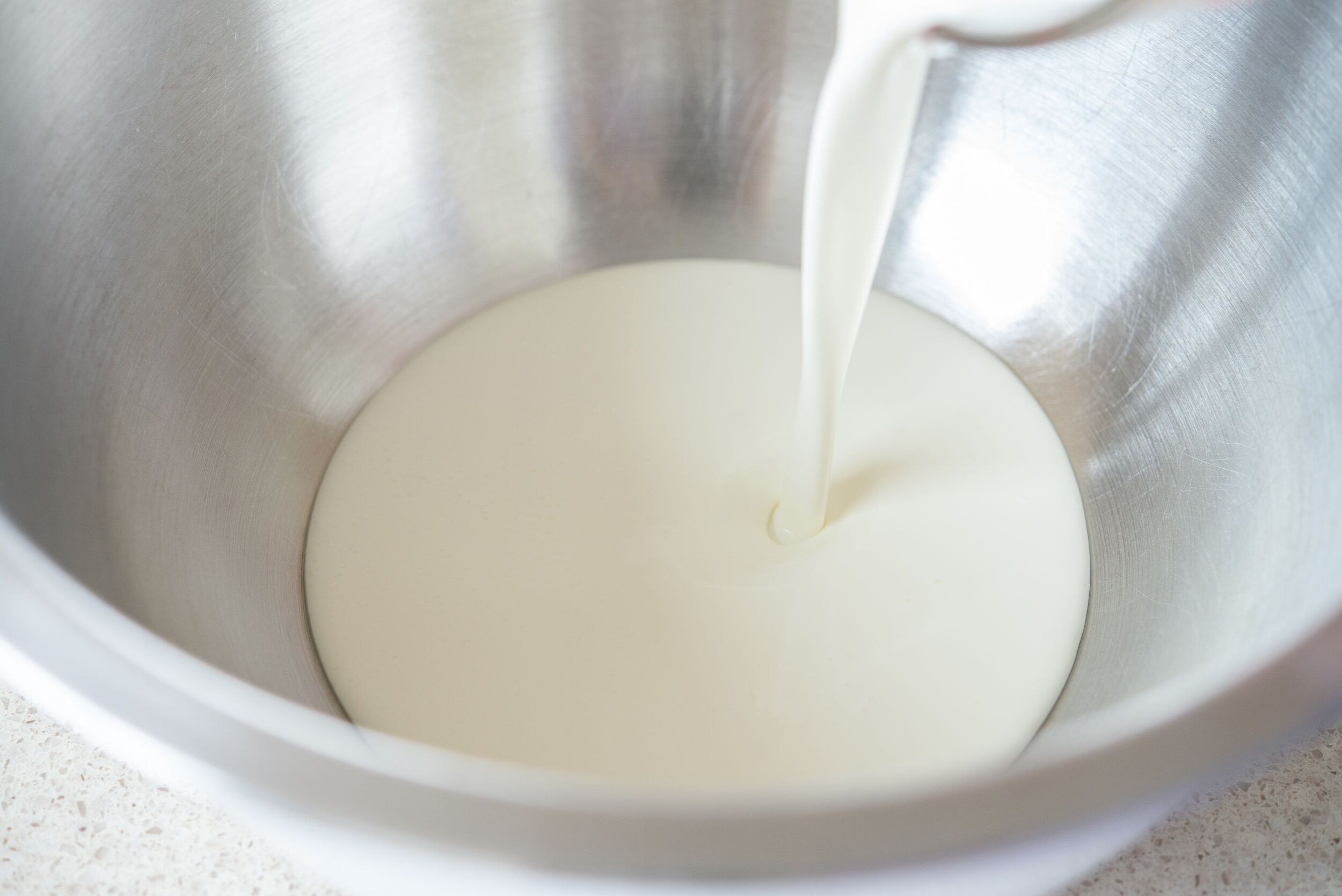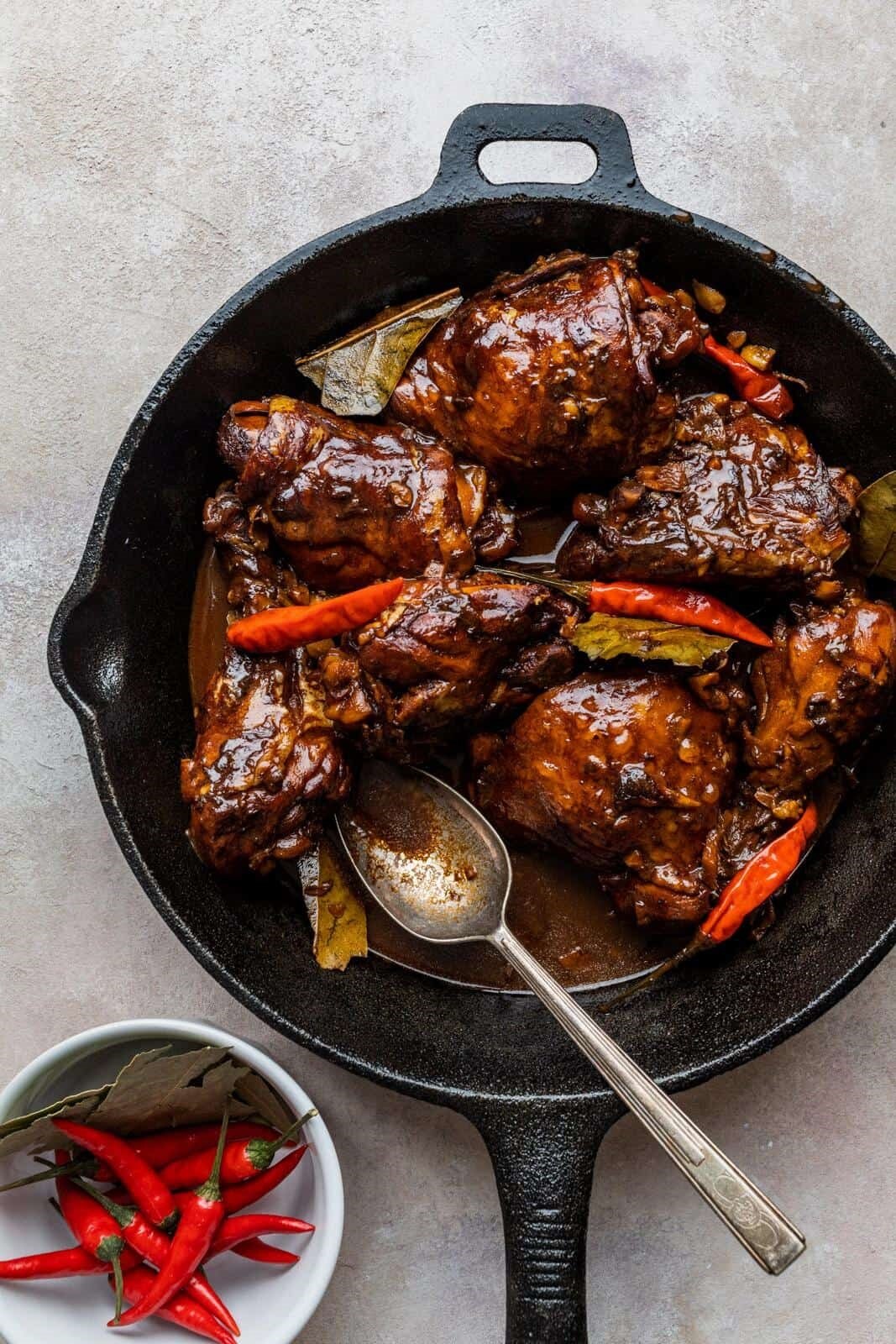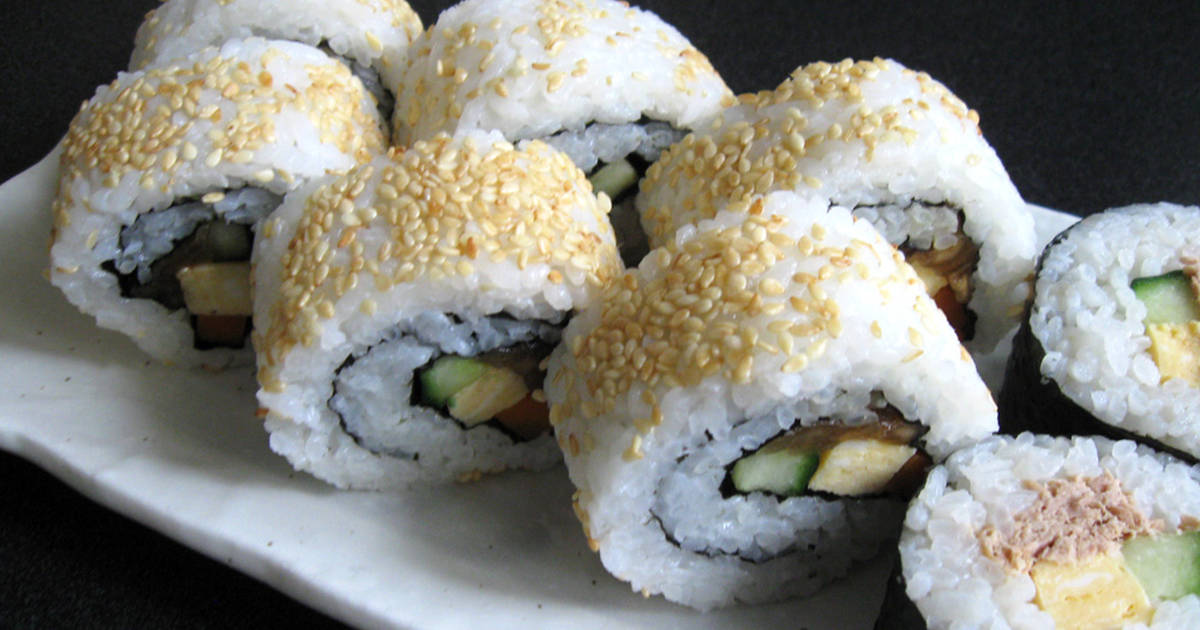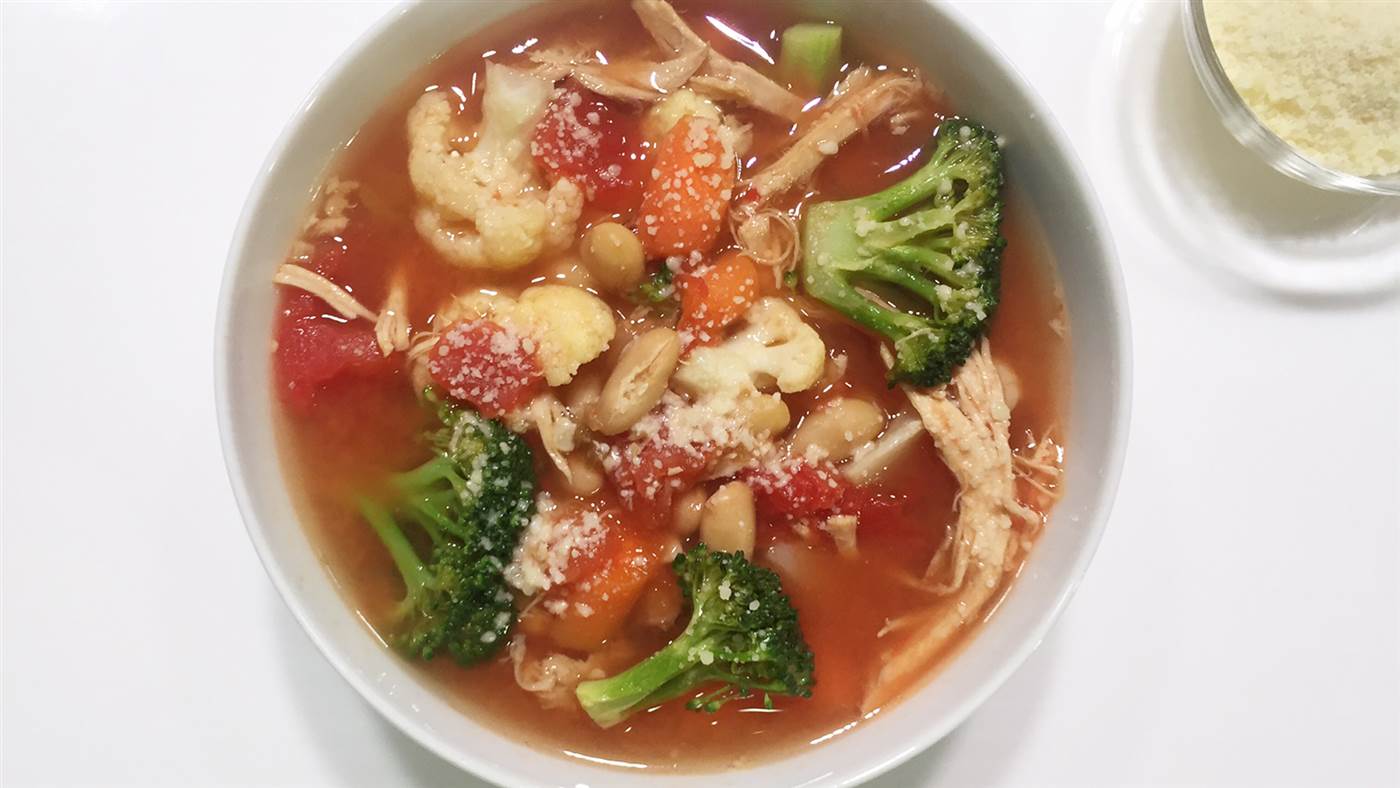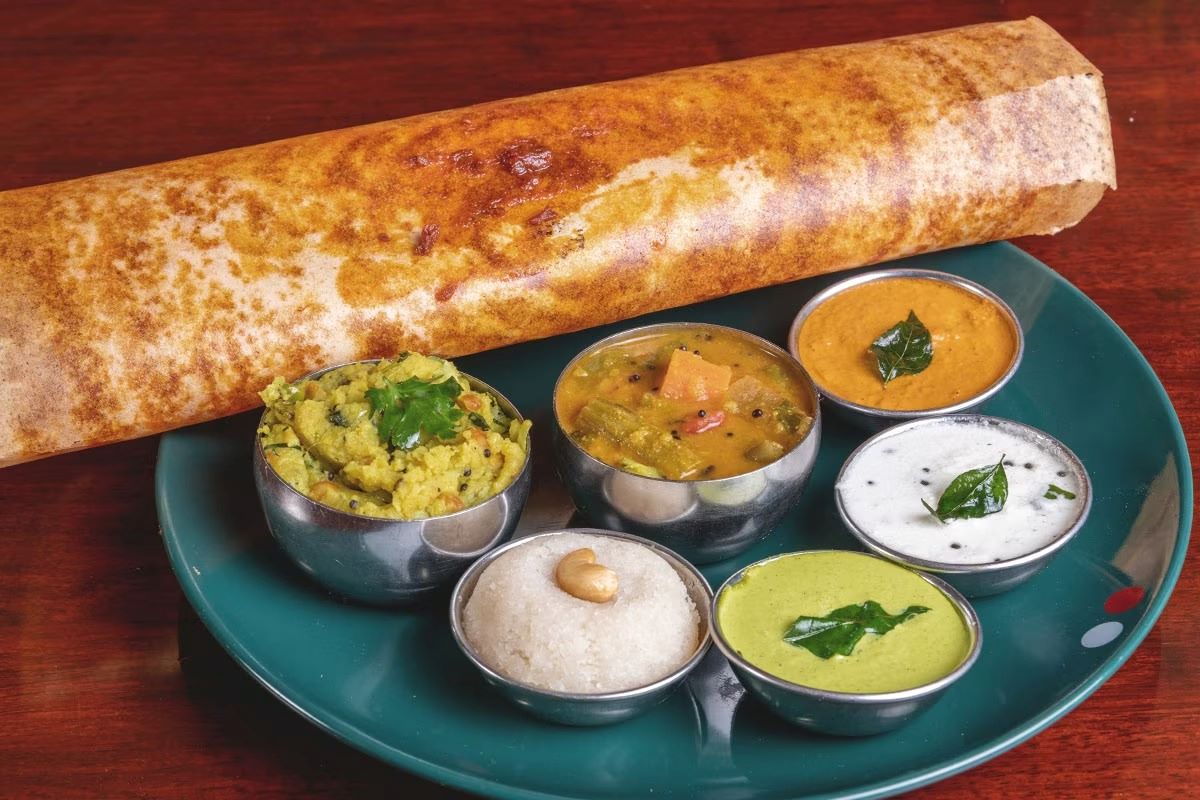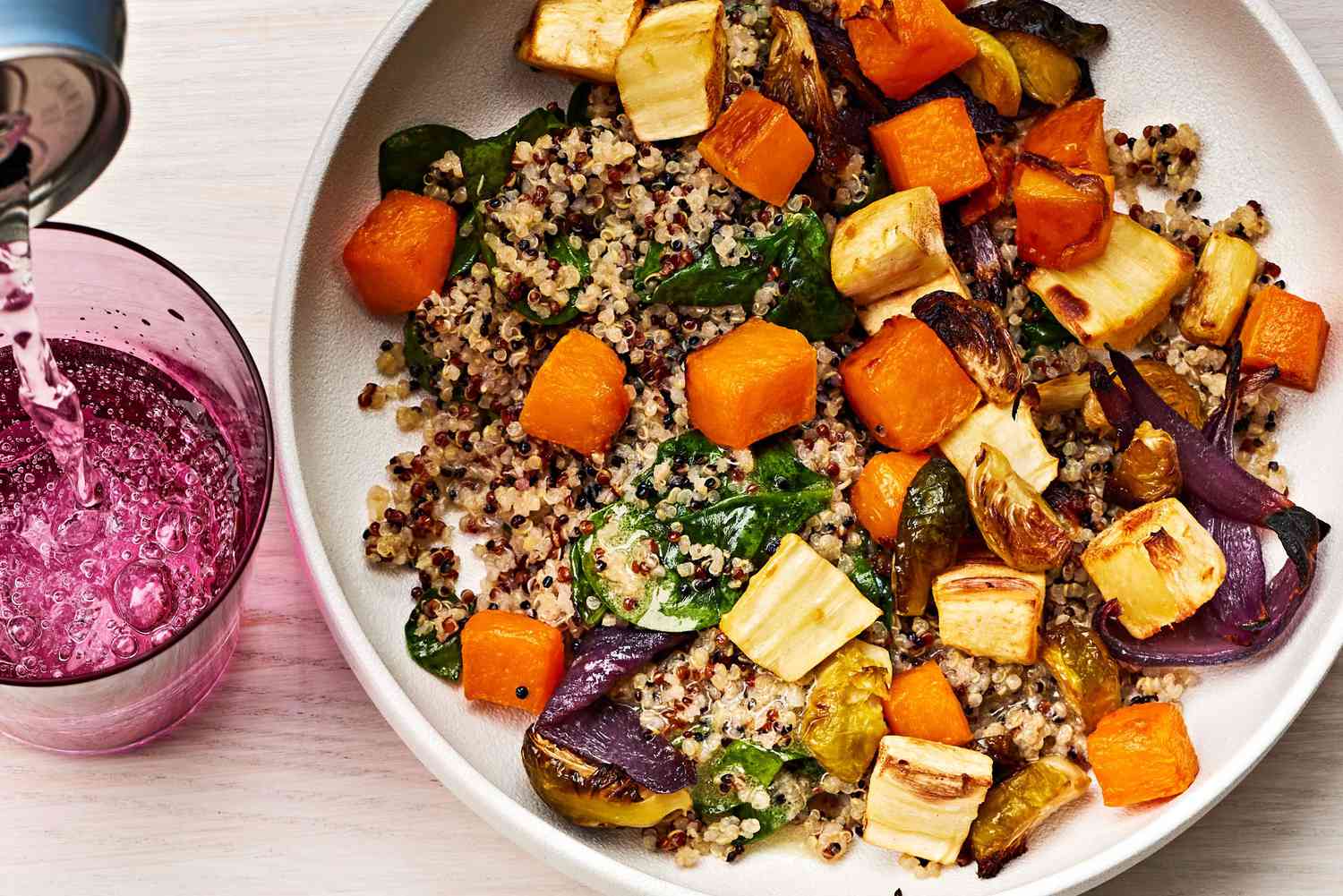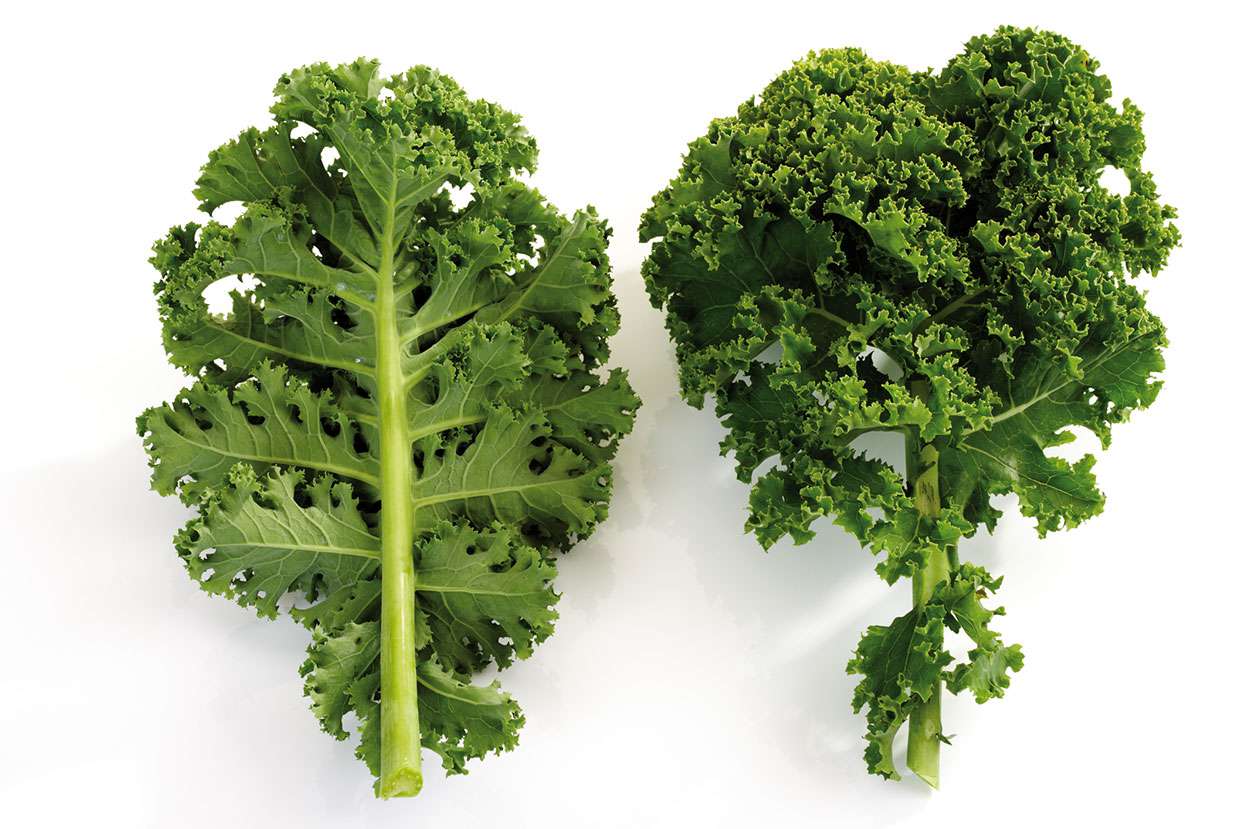Welcome to the Delicious World of Korean Breakfast
When it comes to breakfast, every culture has its own unique and delicious traditions. In South Korea, breakfast is a delightful combination of flavors and textures that will tantalize your taste buds and give you the energy you need to start your day off right. Let’s take a closer look at what a typical Korean breakfast entails.
Key Components of a Korean Breakfast
A traditional Korean breakfast is a hearty and nutritious meal that often includes a variety of dishes. Some of the key components of a Korean breakfast include:
- Rice: Rice is a staple in Korean cuisine, and it is a common feature of a Korean breakfast. Whether it’s steamed white rice or nutty, chewy brown rice, it serves as the foundation of the meal.
- Soup: A warm and comforting soup, such as miyeokguk (seaweed soup) or soondubu jjigae (soft tofu stew), is often enjoyed as part of a Korean breakfast.
- Side dishes: A variety of small side dishes, known as banchan, are also a common feature of a Korean breakfast. These can include kimchi (fermented vegetables), namul (seasoned vegetables), and gim (roasted seaweed).
- Protein: A source of protein, such as eggs or fish, is often included in a Korean breakfast to provide sustenance and energy for the day ahead.
- Condiments: Gochujang (red chili paste) and doenjang (soybean paste) are commonly used condiments that add depth and flavor to the meal.
Flavors and Textures
One of the most remarkable aspects of a Korean breakfast is the diverse range of flavors and textures it offers. From the spicy kick of kimchi to the soothing warmth of a savory soup, a Korean breakfast is a symphony of tastes and sensations that will awaken your senses and leave you feeling satisfied.
Furthermore, the balance of flavors in a Korean breakfast is a testament to the careful attention to detail that is characteristic of Korean cuisine. The combination of sweet, salty, spicy, and umami flavors creates a harmonious dining experience that is truly unforgettable.
Health Benefits
In addition to being delicious, a Korean breakfast is also incredibly nutritious. The emphasis on fresh vegetables, lean proteins, and fermented foods provides a wealth of essential nutrients and beneficial compounds that contribute to overall health and well-being.
Furthermore, the inclusion of probiotic-rich foods, such as kimchi and fermented soybean paste, supports gut health and digestion, while the high fiber content of many Korean breakfast dishes promotes satiety and helps maintain a healthy weight.
Experience the Joy of a Korean Breakfast
Whether you’re a fan of bold, spicy flavors or you prefer milder, more comforting fare, a Korean breakfast has something to offer everyone. The next time you’re looking to shake up your morning routine, consider treating yourself to a delightful Korean breakfast and savor the unique and satisfying flavors of this beloved culinary tradition.
From the comforting warmth of a steaming bowl of soup to the invigorating crunch of fresh vegetables, a Korean breakfast is a celebration of food that is sure to leave a lasting impression. So, why not start your day with a taste of Korea and experience the joy of a truly unforgettable breakfast?
Now that you know more about the delightful world of Korean breakfast, it’s time to explore and savor the flavors for yourself. Whether you’re enjoying it in the comfort of your own home or at a traditional Korean restaurant, a Korean breakfast is an experience that is not to be missed.
Was this page helpful?
Read Next: What Is The Best Chipotle Meat?
